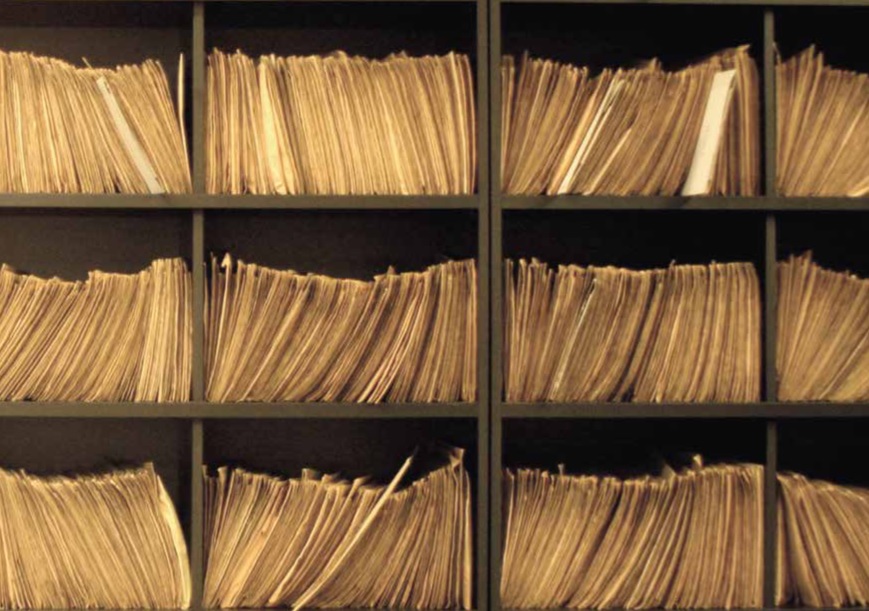This consolidation resulted in the formation of a comprehensive resource for theatre studies. The first collection, obtained by the newly established Institute from July 1, 2003, consists of purchases and donations from private individuals. On the other hand, the second collection was initially received as a deposit and later, in November 2007, as a gift from the library of the Association of Polish Stage Artists. At the time of acquisition, this collection contained 9,861 volumes.
The Zaspowska collection has its roots in a resolution adopted during the First Congress of Directors in November 1919. The aim was to establish a “professional library” that would serve as the foundation for Polish theatre studies. Leon Schiller, a prominent director at the time, vigorously supported this decision, emphasizing that quality directing hinges on having access to insightful literature.
In 1920, substantial funds from the ZASP foundation were allocated to purchase a range of theatre books, publications, and a unique collection of slides illustrating the history of theatre, all sourced from Professor Kazimierz Wójcicki. The annual budget for 1923 included a dedicated amount of 500,000 Polish marks for the library’s development and activities.
Beyond acquisitions through purchases, the library thrived due to generous contributions from ZASP members. Responding to appeals made by Leon Schiller, these individuals selflessly donated numerous books to enrich the newly established library. Actor Juliusz Kalinowski was among the first benefactors, generously gifting a collection of over 600 volumes pertaining to theatre studies, art, and dramatic literature. In addition to the books, he also donated lithographic portraits of deceased Polish artists, characteristic type cards, and a magnificent mahogany desk. Kalinowski’s gesture was regarded as a civic act, inspiring others to follow suit. Consequently, the library expanded rapidly, acquiring paintings, engravings, press clippings, magazines, posters, photos, and bookshelves. Kalinowski, serving as the first librarian, became a role model for future librarians. The names of these generous donors were published in the union magazine “Scena Polska”. After the liquidation of the assets of the former Union of Artists, Artists and Employees of Warsaw Government Theatres, an additional 3,000 volumes and valuable theatre collections were added to the library’s existing stock. In its fourth year, the library boasted valuable collections such as portraits of distinguished colleagues, photographs from plays, “type” cards, old posters, programs, an information and press archive, and a general information and art archive based on excerpts from the Press Information. Although a reading room was established, the lending library was deferred until organizational matters were resolved. This delay was due to the approval of relevant regulations (“Scena Polska” 1922 No. 5).
Until 1938, ZASP’s headquarters were situated within a portion of the Polonia Palace Hotel profit house at Aleje Jerozolimskie 53. The library was also located at this address, albeit space constraints made it a challenge to accommodate its growing resources. According to Barbara Król-Kaczorowska, ZASP occupied two rooms within the hotel, one with a view of the avenue and the courtyard, and a small space with one window. These rooms held bookshelves and a library table (“Theatre Diary” 1990 issues 3-4).
Despite becoming the owners of a tenement house at Aleje Ujazdowskie 45 in 1938, ZASP continued to rent the hotel space until early 1940. It is unclear when the books were transferred to the new premises. The fate of the library during the Warsaw Uprising is not documented in the written history of ZASP, although Al. Ujazdowskie did not suffer significant damage according to Król-Kaczorowska.
